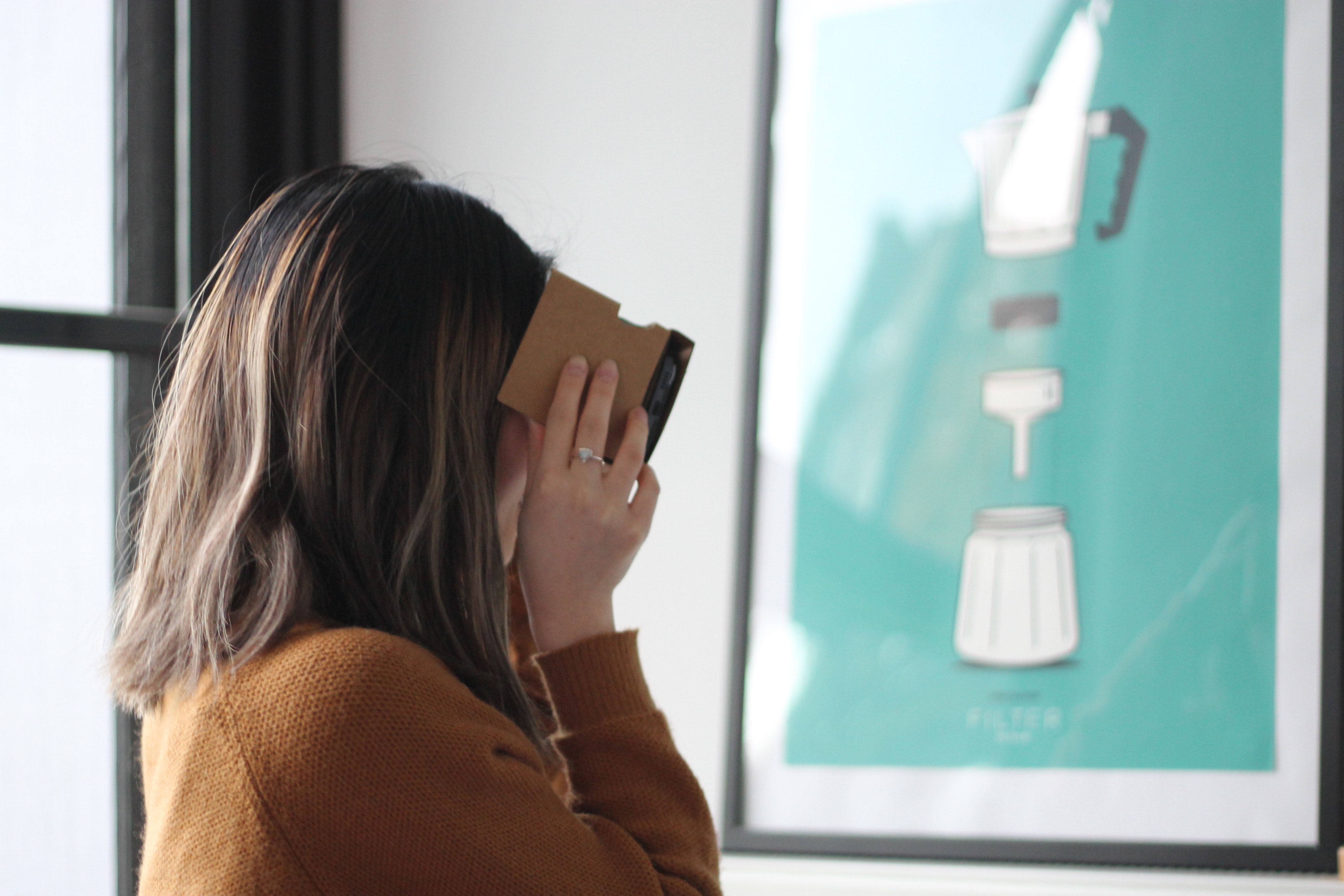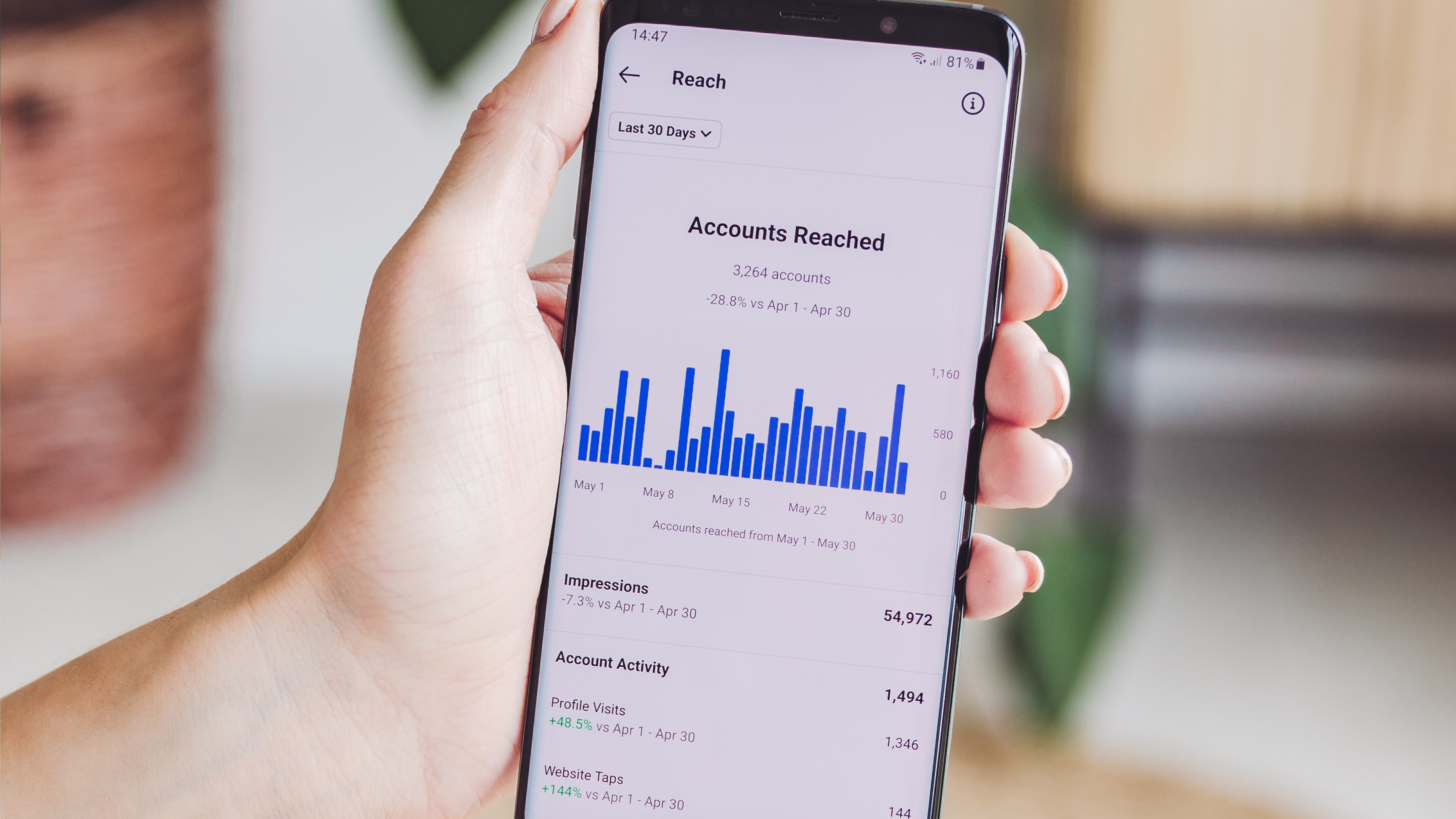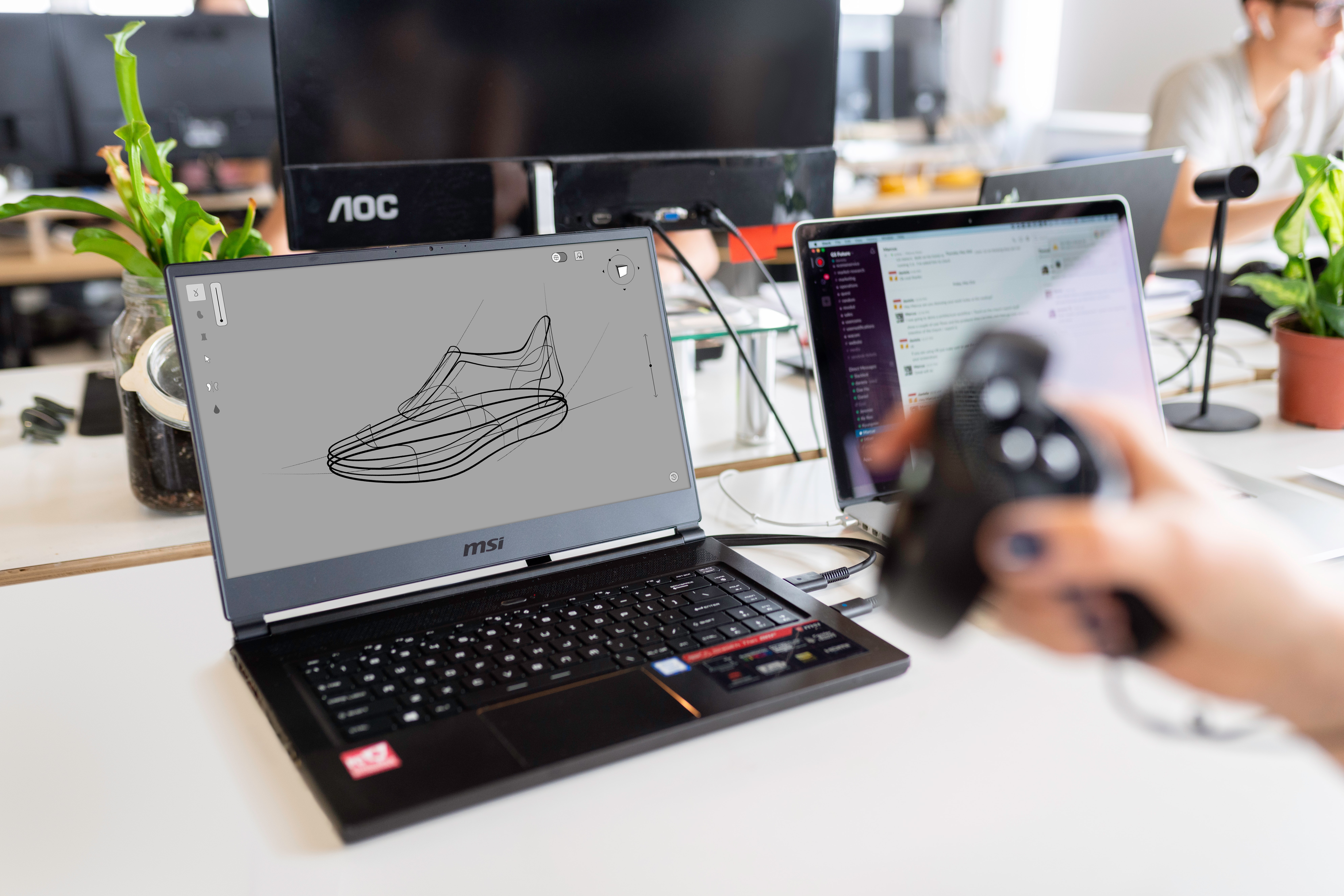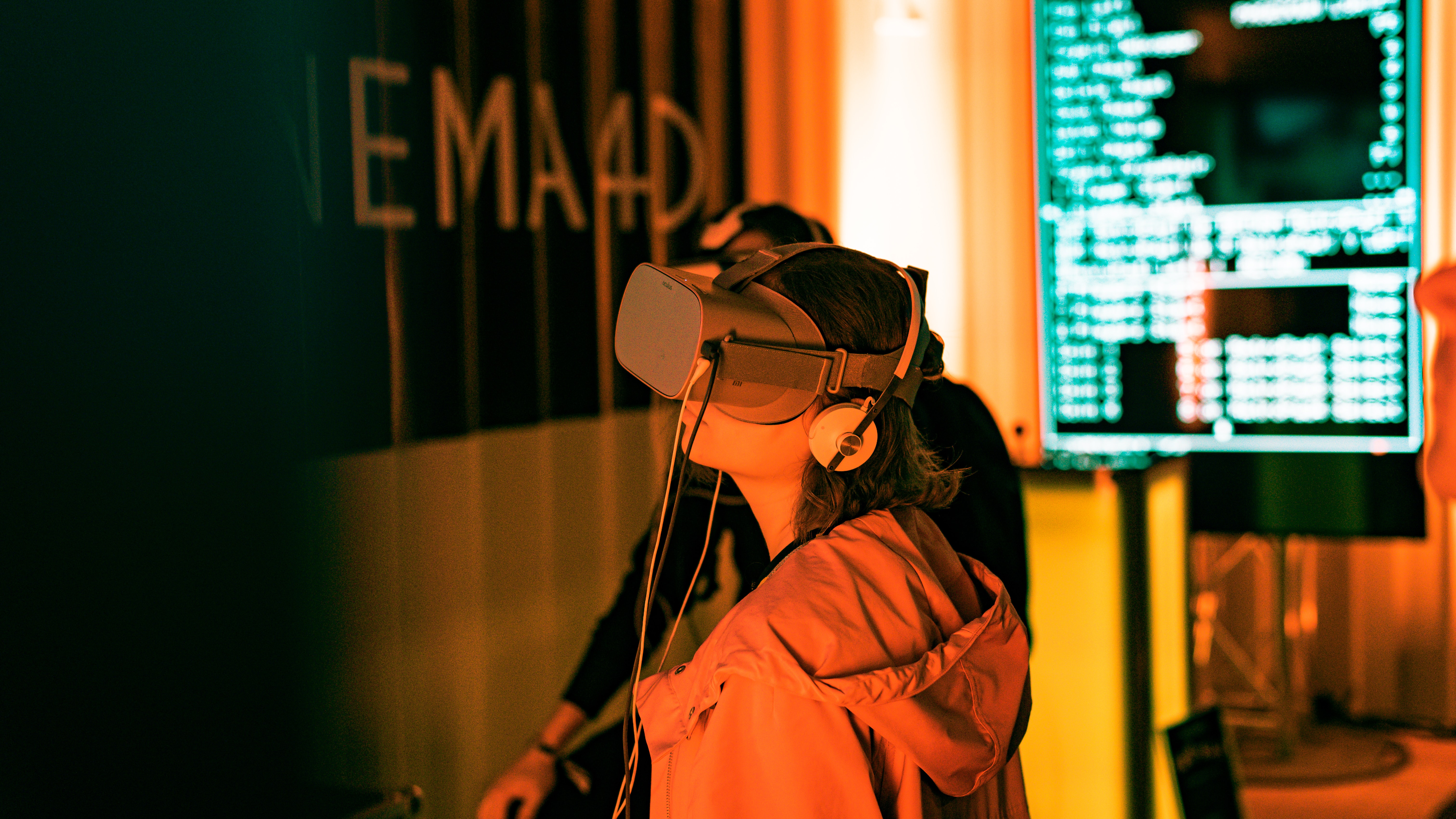
June 8, 2022
Virtual Reality in Marketing
Advertising restrictions are causing more and more headaches for marketers, which is why it’s blissful to see that virtual reality (VR) might be the way to maintain a great brand image. We dare to say that any marketing strategy that excludes VR will not be the greatest. In today’s blog you will learn about some of the best uses of VR in marketing.
Why virtual reality?
Firstly, it is essential to explain why VR features in some of the best marketing strategies. It’s because VR is the right technology to eliminate the gap between user experience and product concept. With VR, users can engage with all the potential advantages of a single product, immersing themselves in it without purchasing it. Strong connections can be built with potential customers who can imagine themselves using the product daily. But this is not the only way in which trailblazing companies can use VR in their business. It can also be a great way to show the development of a company. It is easier for investors, department managers, and potential customers to check its progress. VR can showcase the potential of a single product at every stage of its development. Finally, VR can boost some of the essential elements of each marketing process. From significant reach increase to boosting conversion and increasing the number of repeat buyers, the changes in business brought about by VR are astonishing.
If you are unconvinced that VR should appear on the list of technologies you should add to your business as soon as possible, keep reading, because we will now explain the benefits of VR marketing.

VR eliminates the gap between the product and the customer, so it is not surprising to see it used in marketing. (Photo: Unsplash)
More than just selling the product
Some of you were quick to harness the power of VR technology in its early phases, but the rest are missing out on its vast potential. VR isn’t just selling the product; it inspires customers, adds value to products, and more. Here are seven benefits.
- Emotional bond – every VR experience creates an emotional response. Whether you aim for satisfaction, excitement, or even fear, it can all be done in VR. Because of the emotions developing inside a customer while experiencing VR, if the feelings are positive, you get true ambassadors for your brand and your product.
- Brand loyalty – VR is the ultimate experience provided in the comfort of customers’ homes. Through it, they get to know the brand and the product, and most importantly, can make decisions with absolutely no time pressure. This way, customers often obtain a positive impression of a brand and become loyal to it for future purchases.
- Try-before-you-buy method – nothing beats this. Consider it as a new version of a money-back guarantee, if a customer is not satisfied. Instead of spending the money on the product beforehand, they can try it out without a salesperson watching, and decide if it will be suitable. This can all take place in your customer’s home.
- Revenue increase – this is connected to the previous point, as the try-before-you-buy method is proven to increase revenue. This way, customers are more likely to try out the product in VR, and as they can carefully inspect all its features in the virtual world, they more often decide to complete the purchase.

VR creates an unforgettable experience for customers, resulting in increased purchases. (Photo: Unsplash)
- Better engagement – Engagement opens a whole new level of customers’ creativity, which is the main reason engagement rises. As a result, customers get greater satisfaction and are again more likely to buy the product.
- Captures attention – VR captures attention for many reasons. The VR experience is immersive, memorable, has an immediate effect on the customer, and is new. We already know that anything new is exciting, and an instant attention grabber, so why not take advantage of it?
- Gathers customer data – VR will improve your analysis game, as the headsets collect data about the user and the world outside. It can track facial expressions and collect comprehensive biometric data, but this element brings some safety concerns.

With VR, customers can try out products right from their couch, increasing creativity and improving the shopping experience. (Photo: Unsplash)
Privacy risk or an excellent tool for marketers?
Some skeptics will mention privacy whenever they talk of wider use of VR. VR headsets collect biometric data, including retina and iris scans, handprints, fingerprints, voiceprints, and even face geometry. But our smartphones do that too, and we still use them.
It is not about what the device captures, but how we use that precise data. The ethical use of any technology is as important as the development itself, so as long as businesses comply with the privacy policy, there is nothing to be afraid of. VR has all the potential to revolutionize how marketing works, and it is all happening now. Will you join us on our way to the future?


